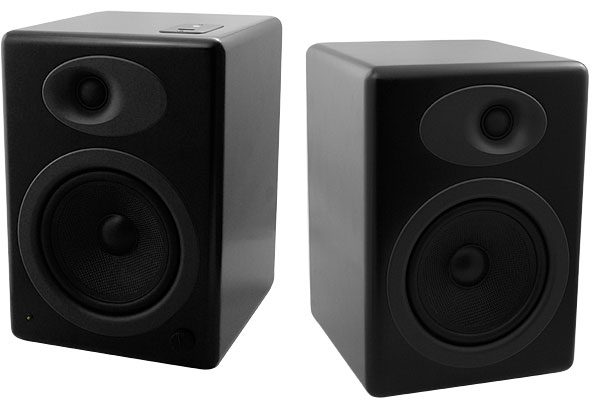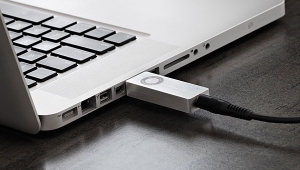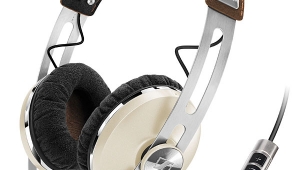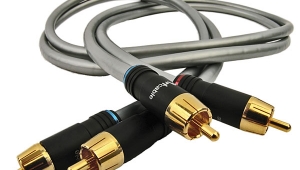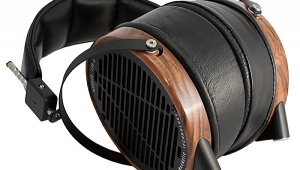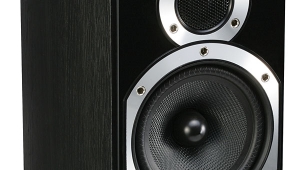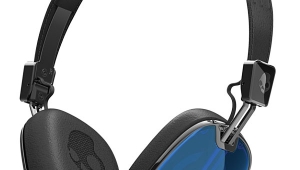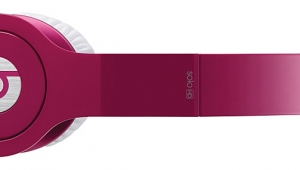| Columns Retired Columns & Blogs |
Hi Stephen,
A fun read. Glad you weren't run over; someday headphones will be illegal in public I suppose.
I think you oughta share that meatloaf recipe! You already gave part of it, and it is enticing, so come on...
Thanks
Will

